Intermediates
Gallantry and accessories
Blog Piekiełka
Geisha - the mysterious symbol of the Land of the Rising Sun
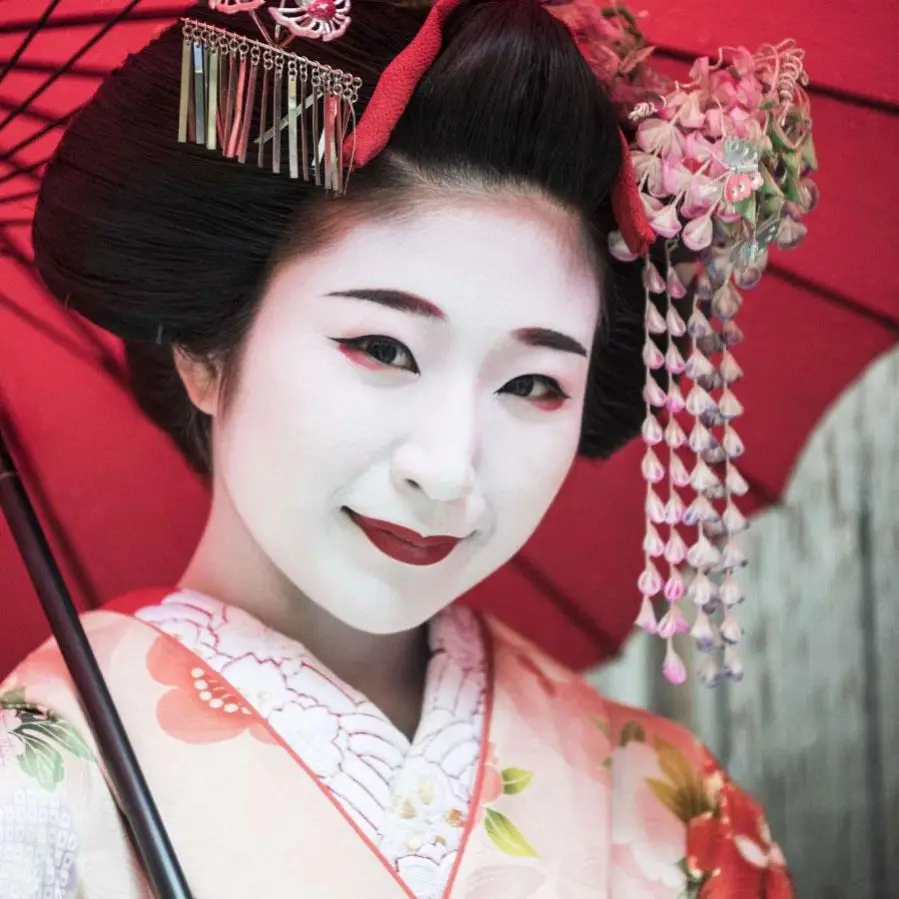
Face powdered in white, crimson lipstick adorning her lips, fine hairstyle and kimono .... You don't have to visit Japan at all to know who you're talking about. Geishas have been a well-known symbol of the Land of the Cherry Blossom for centuries - they resurrect the memory of long-gone history and stir the imagination. Few people know, however, that the first geisha were ... men.
Who actually is a geisha?
Westerners often associate geisha with prostitutes. Meanwhile, the term geisha itself denotes a person gifted with artistic abilities - today usually a woman who can conduct a tea ceremony, play an instrument, dance, sing and hold brilliant conversations. It must be admitted that the demands that geisha must meet are quite exorbitant. Therefore, it should not come as a surprise that girls who want to devote themselves to this profession must first undergo years of training. Besides, even later, when a novice apprentice has climbed the educational ladder and transformed herself into a geiko able to work independently, she will still devote most of her time to constant self-improvement.
Geisha vs. courtesan - unclear beginnings
It would seem that American soldiers are largely responsible for the black pirit of Japanese geisha. They, occupying the country, used the services of local prostitutes, who all too often styled themselves as geishas. Even today, many light-hearted women opt for such makeup. In clothing, the detail that distinguishes a geiko from a prostitute is the way the kimono is tied. The former laces her belt, called an obi, at the back, while the latter laces it at the front.
Women in the roles of geisha did not debut until the mid-18th century. Slightly earlier, at the beginning of the Edo period, prostitution began to flourish on a large scale in the country of the samurai. Among the yujo - the Japanese daughters of Corinth, a higher class of courtesans known as tayu crystallized fairly quickly. These knew music, ikebana - the art of flower arranging, and were no strangers to calligraphy. Over time, the tayu could afford to turn down most of their existing clientele and pursue an increasingly close relationship with taikomochi - male geisha.
A geisha (an artist!) in a male guise
In the 1860s, the tayu began to disappear, while a while earlier geisha appeared on the historical arena. Contrary to all appearances, however, this was not a simple swap, for there is someone else behind today's geisha. Her predecessor was Taikomochi - a joker, jester, storyteller, musician and singer, who had faithfully accompanied his feudal lord since the 13th century. Like later female geisha, male geisha also had to demonstrate incredible proficiency in many fields. In addition to making time pleasant, Taikomochi's competencies included conducting tea ceremonies or advising on military strategies. In the 17th century, in an era of relative peace, the latter task became a thing of the past. The main duty of court jesters became simply to liven up parties. Just a century later, this role was snatched from them by women.
Ethnic Jewelry
-
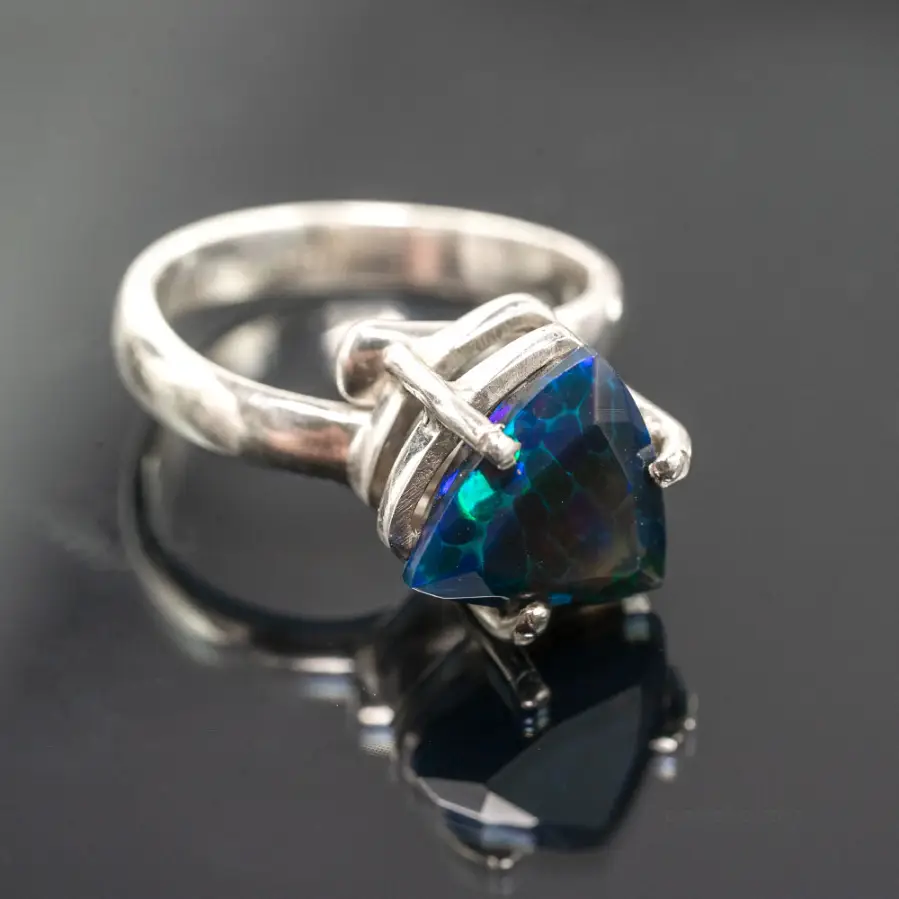
Silver ring with black opal
500,00451,25 -
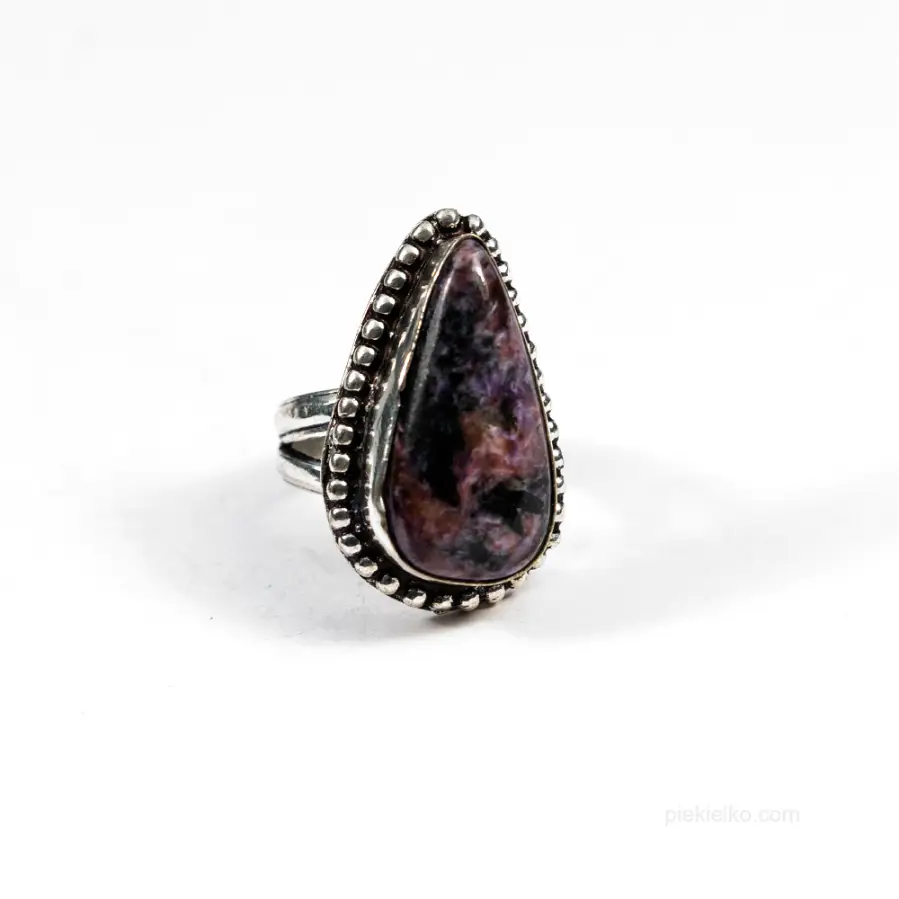
Charoite ring
195,00185,25 -
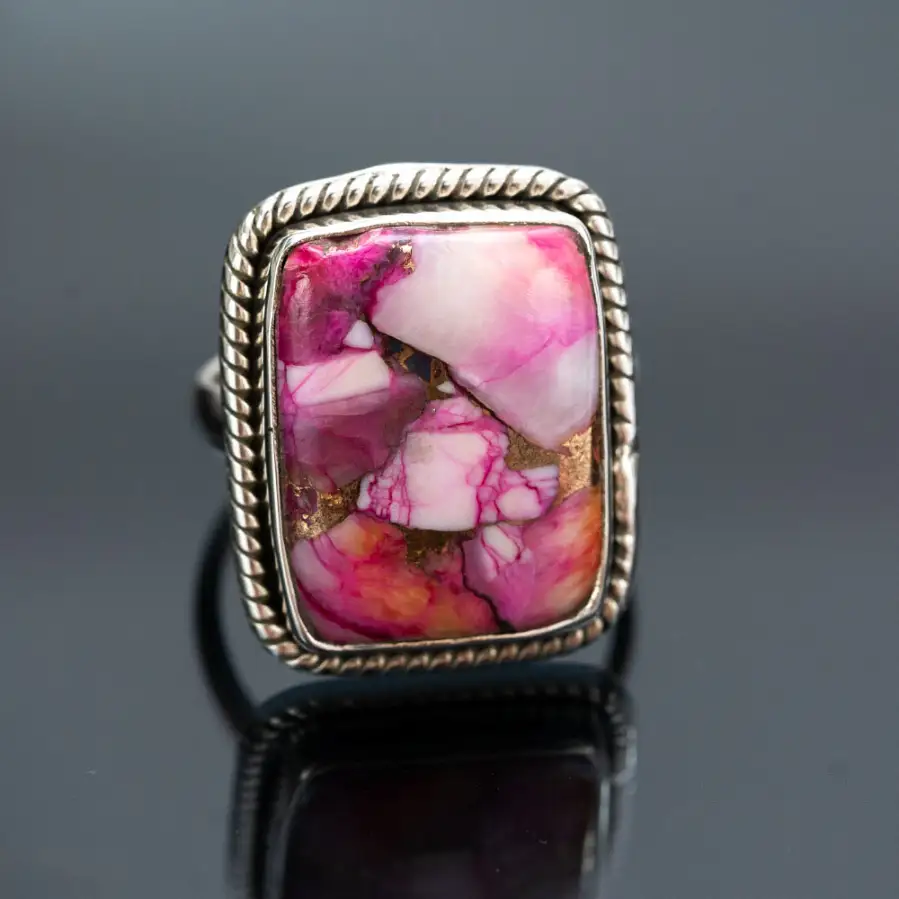
Silver adjustable ring with pink turquoise oyster
365,00329,41 -
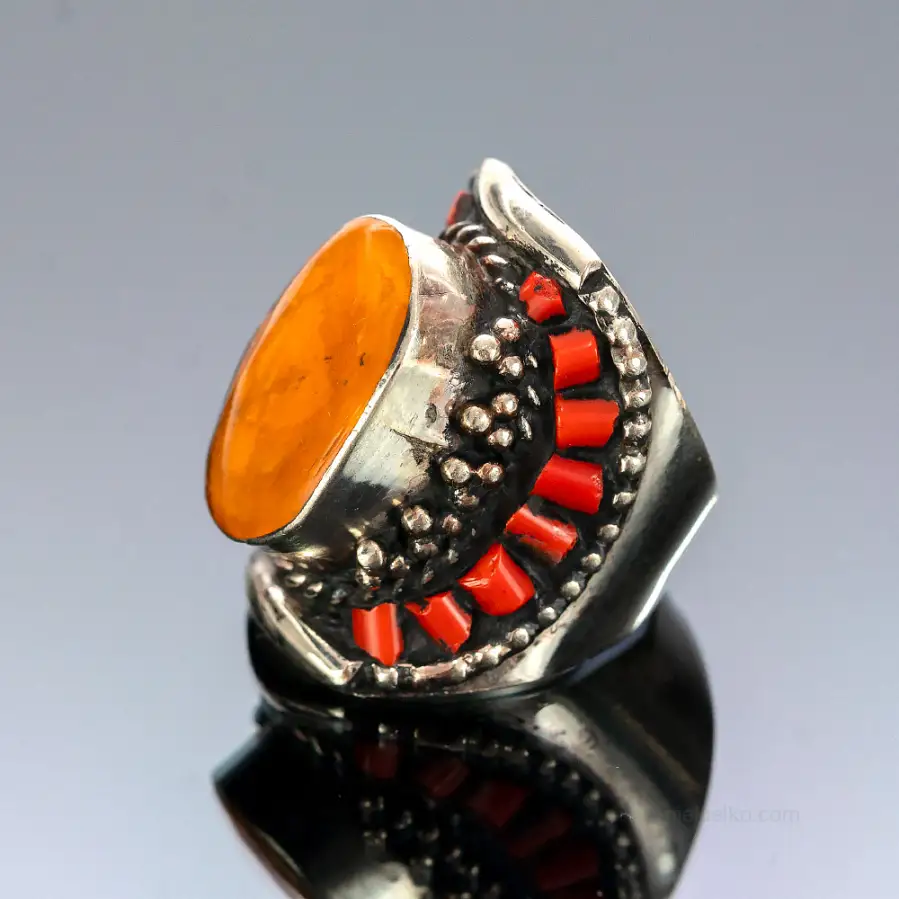
Nepalese signet ring with amber and coral
280,00266,00 -
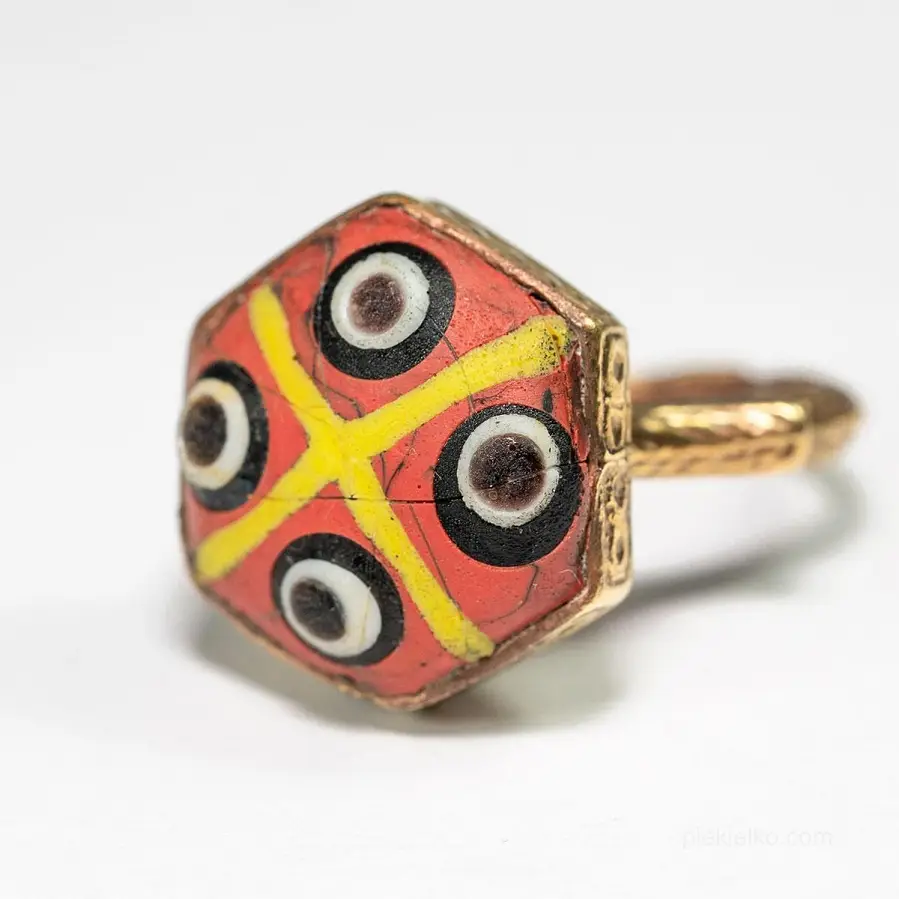
Ethnic gabri glass ring
98,0093,10 -
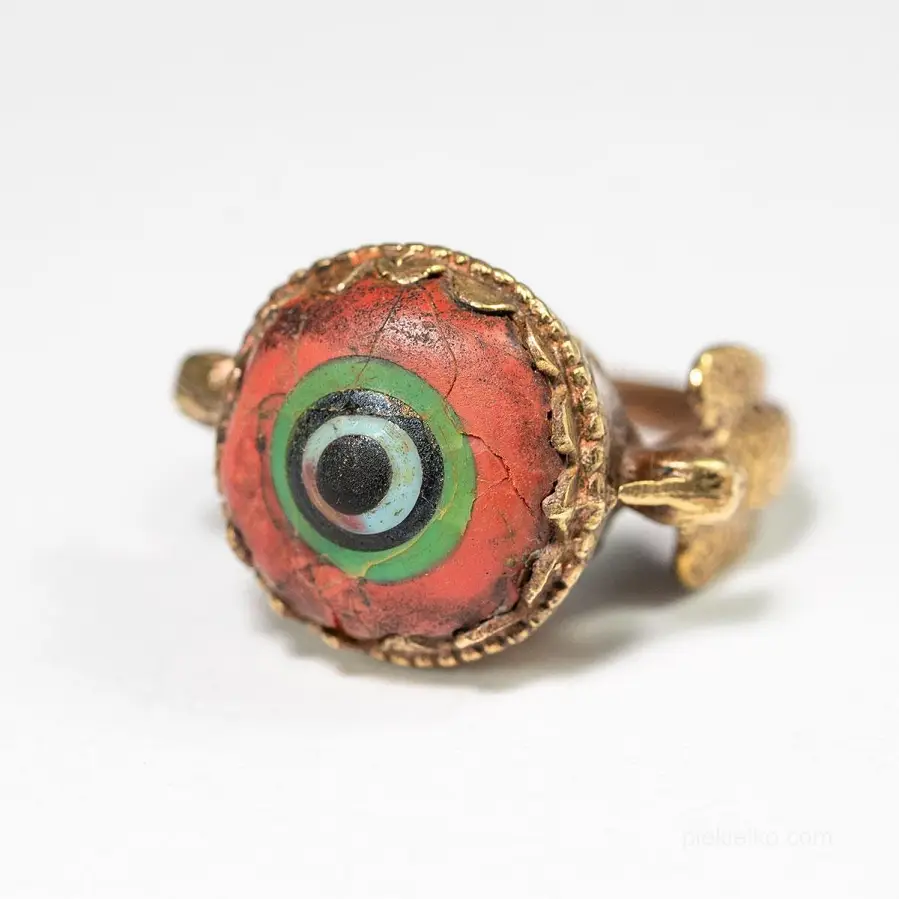
Signet ring with a gabri glass eye
98,0093,10 -
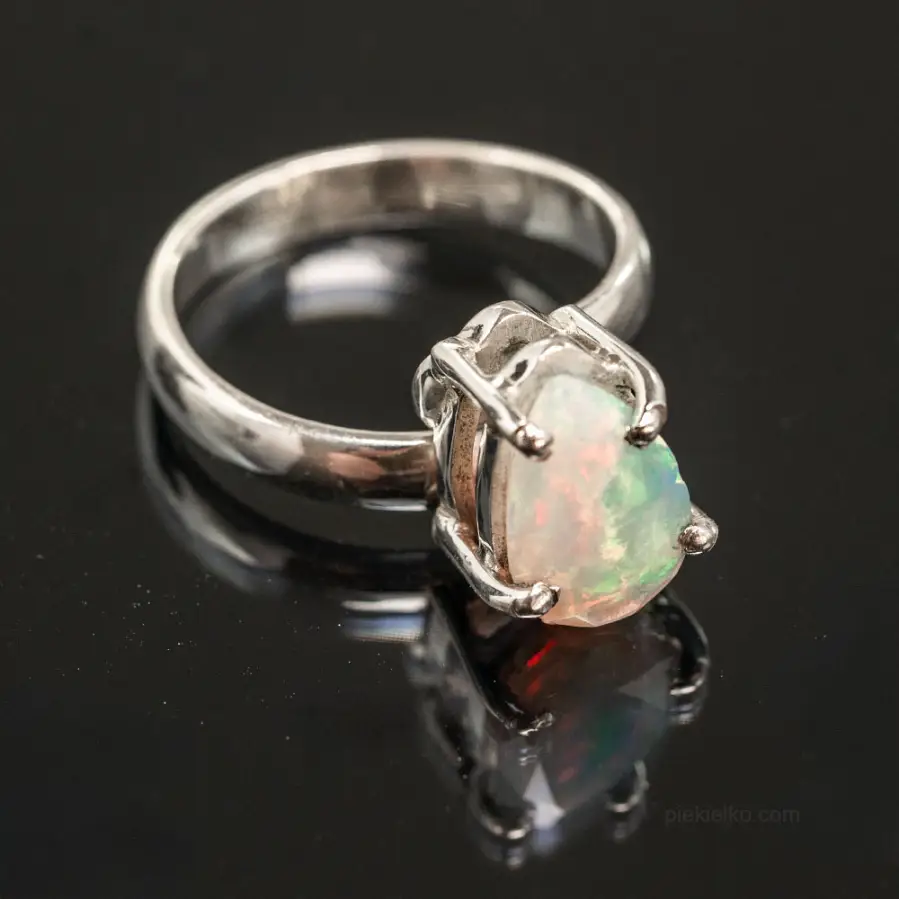
Small ring with natural opal
420,00379,05 -

Natural fiery gray labradorite
265,00251,75 -
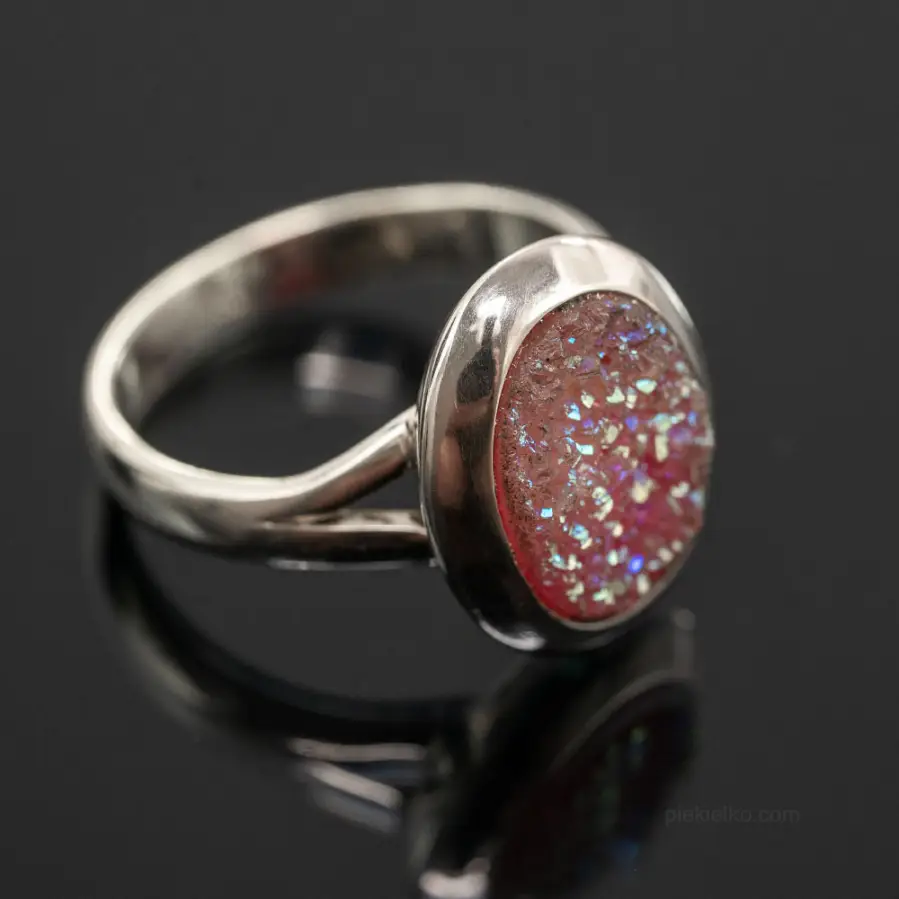
Silver moon tear ring
290,00261,73 -
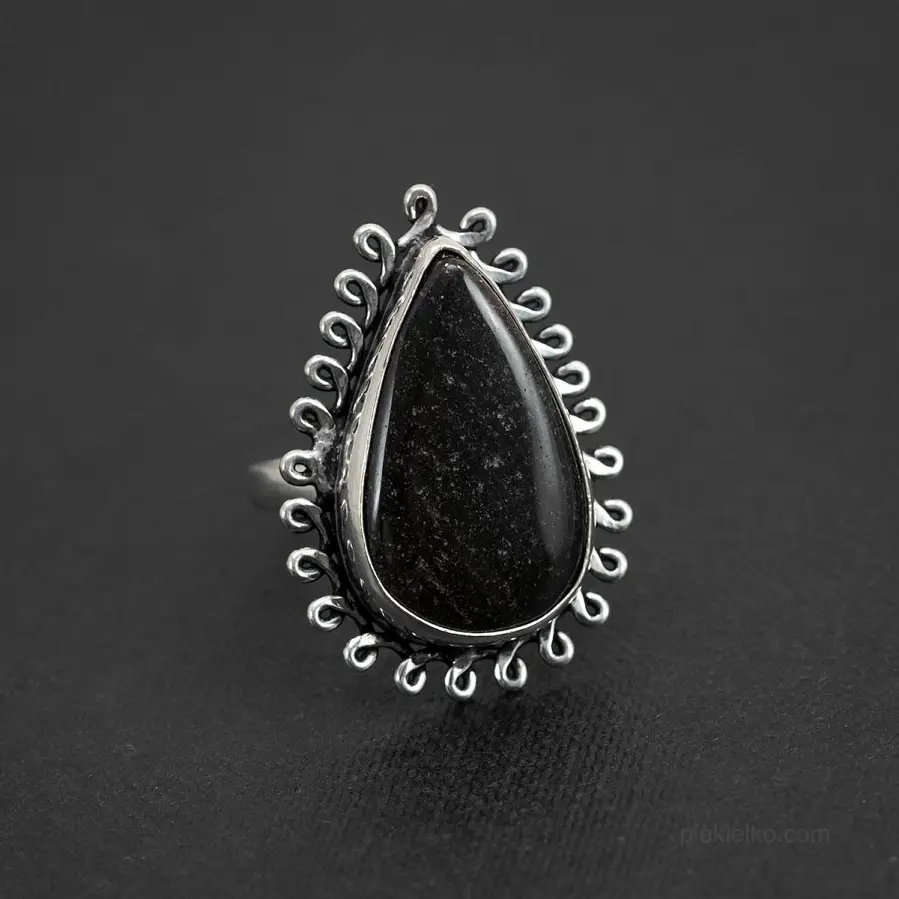
Ring with black jasper
168,0095,76 -
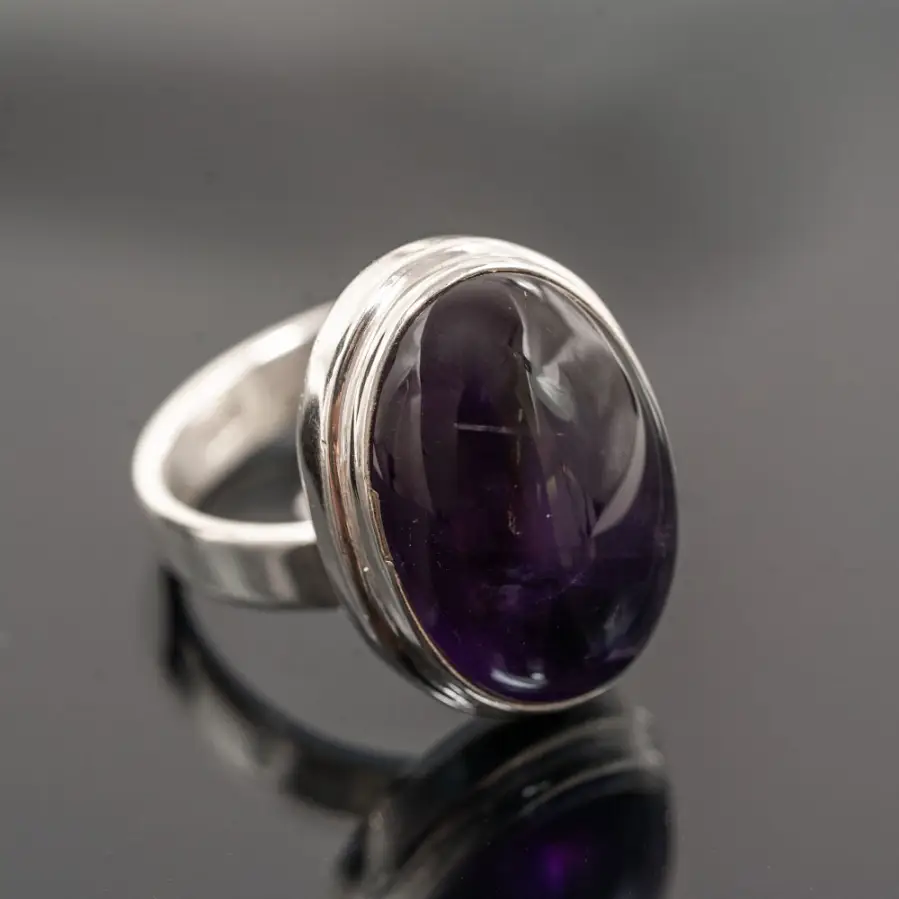
Silver adjustable ring with amethyst
430,00388,08 -
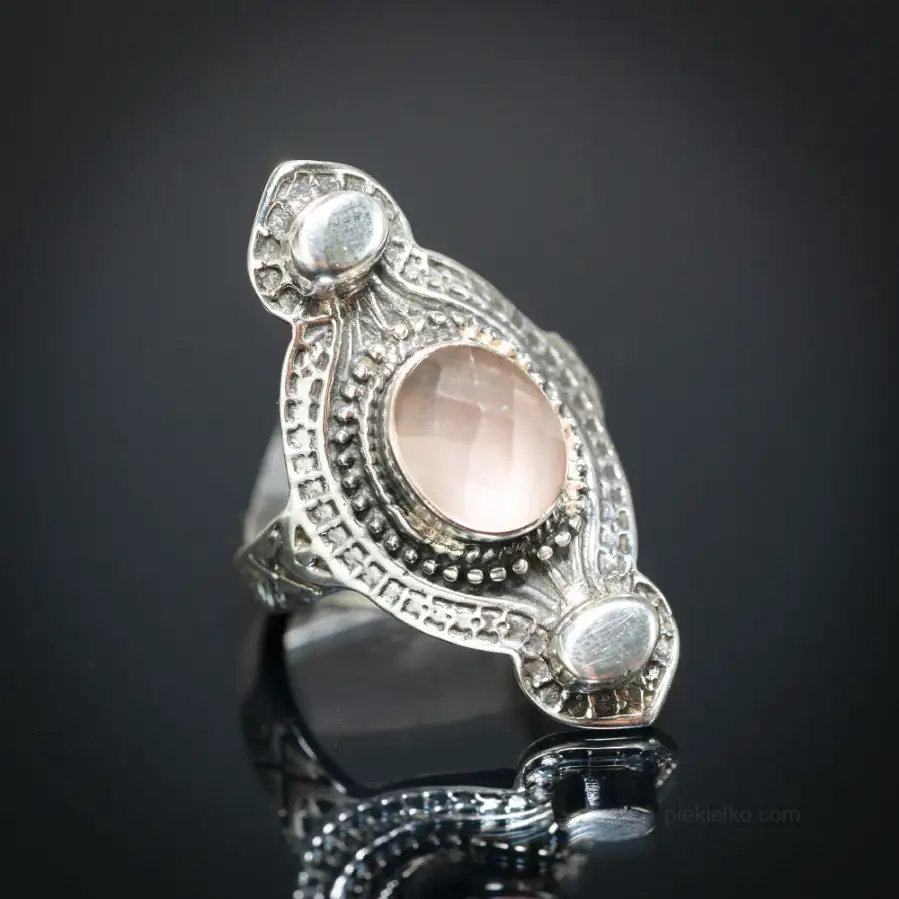
Pink Magnification – Rose Quartz Ring
380,00342,95 -
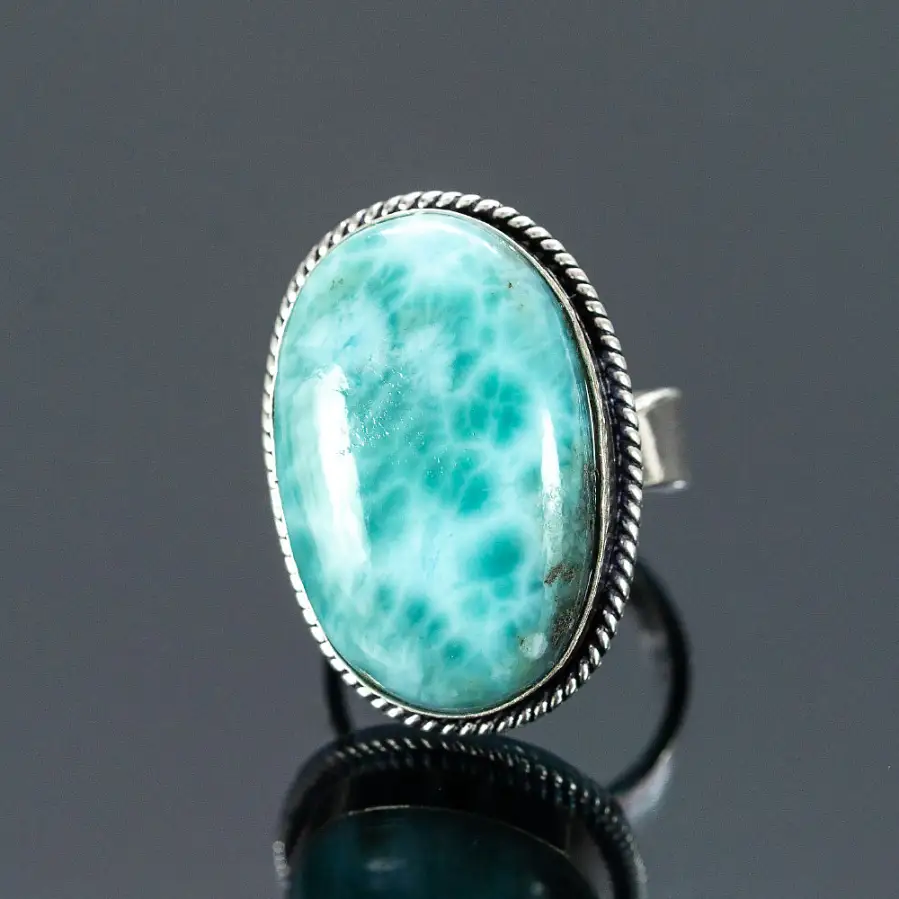
Larimar – a blue friend for every day!
265,00251,75 -
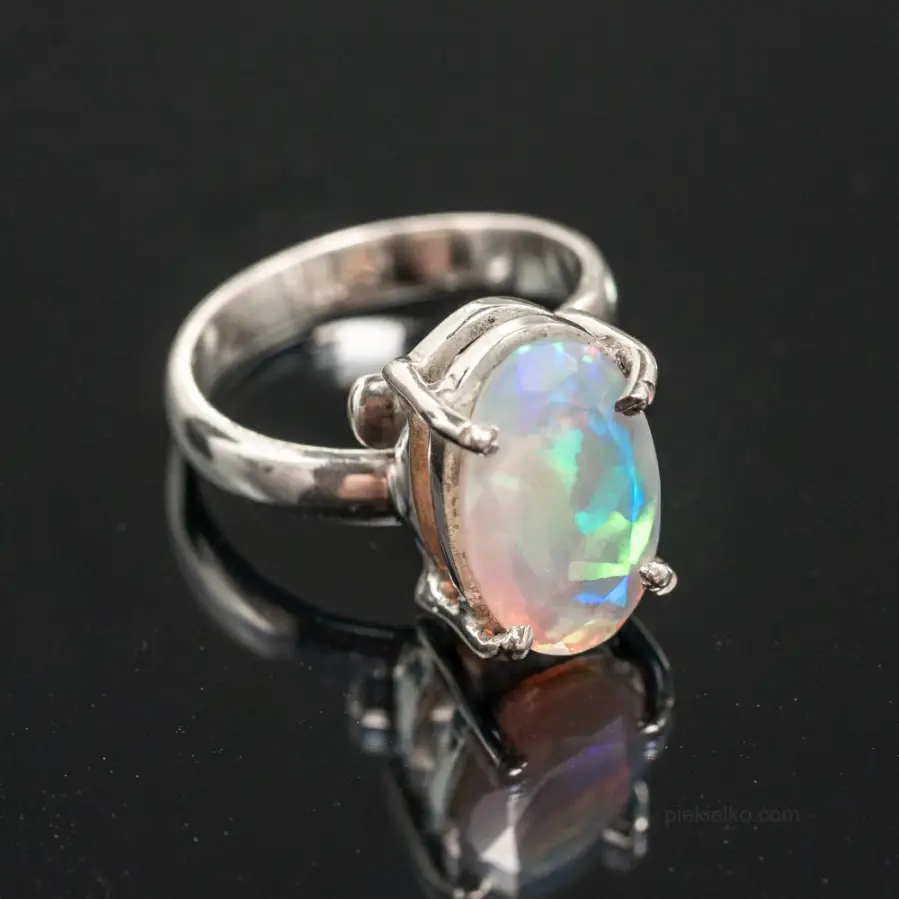
African Glow - Opal Ring
530,00478,33 -
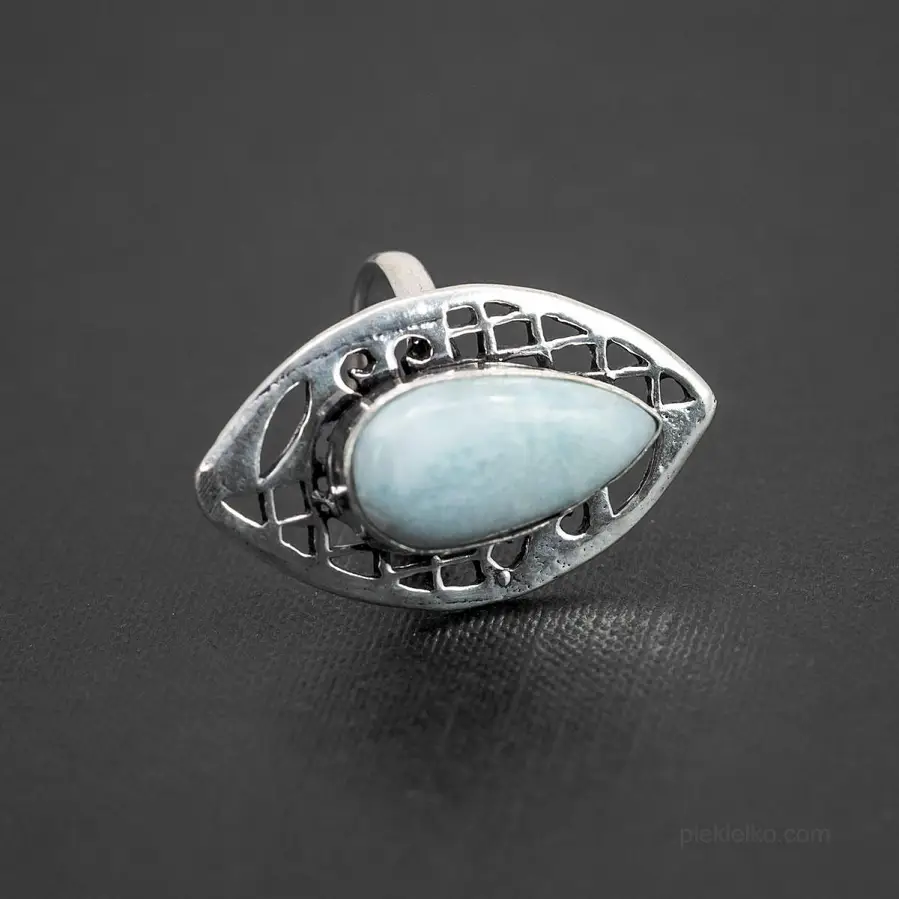
Larimar ring
195,00185,25 -
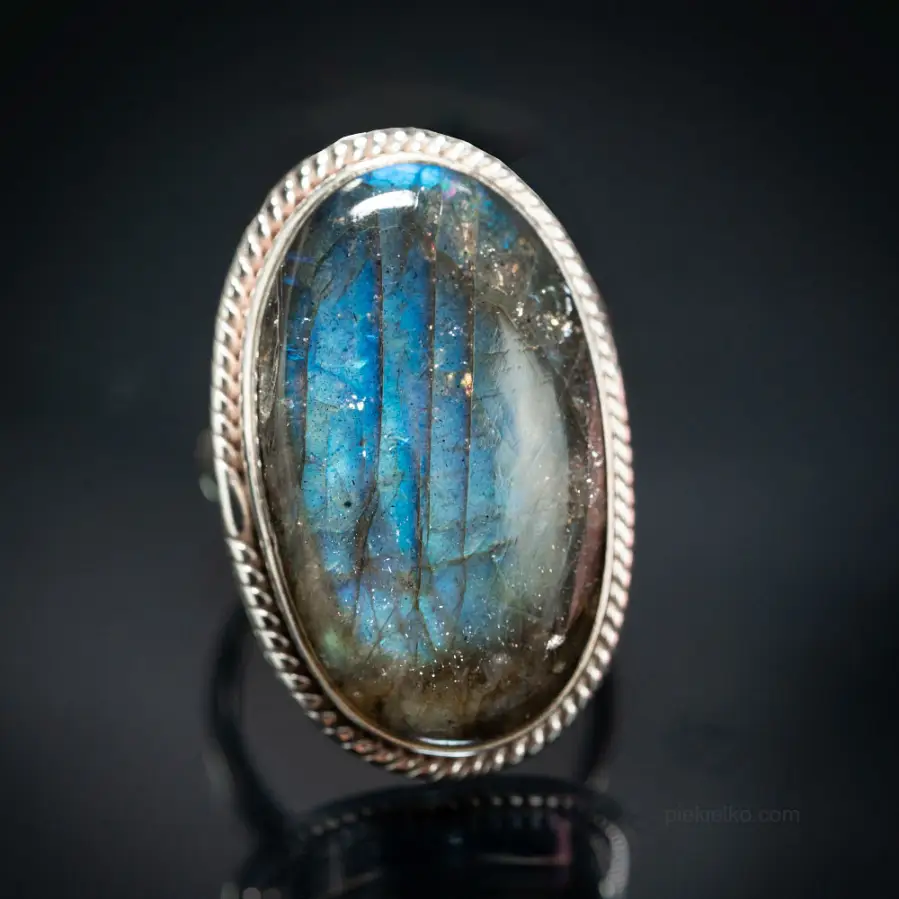
Oval Ring with Adjustable Band and Labradorite
389,00351,07 -
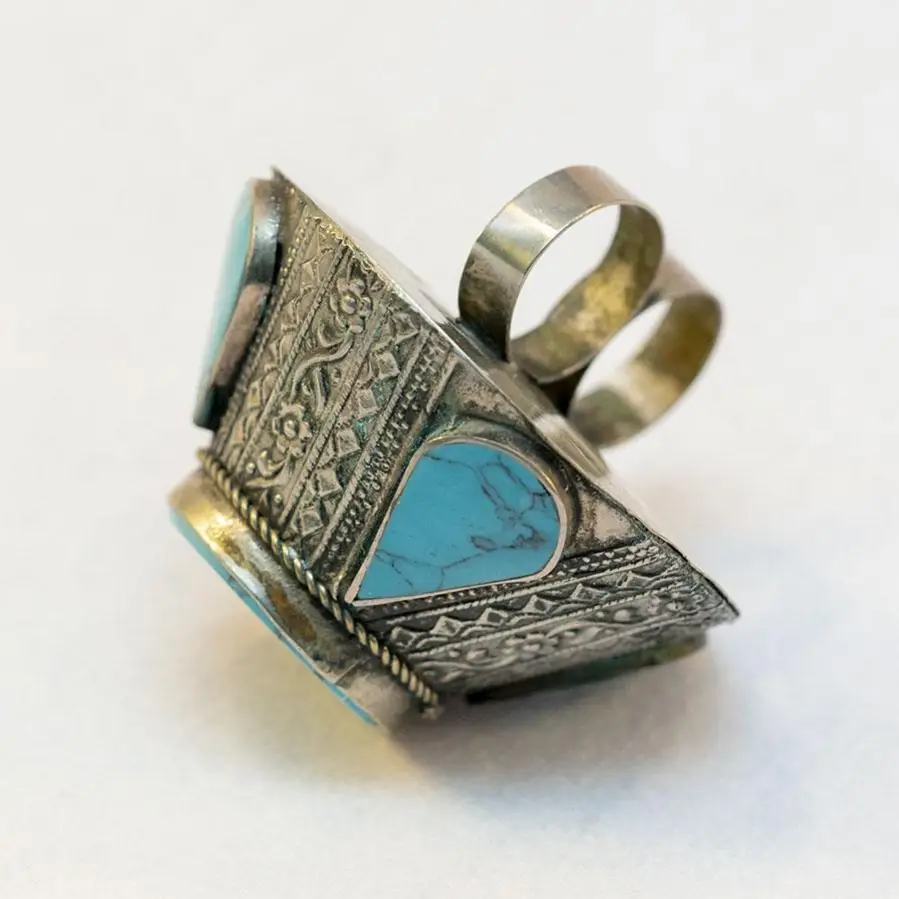
Afghan ring for 2 fingers
315,00299,25 -
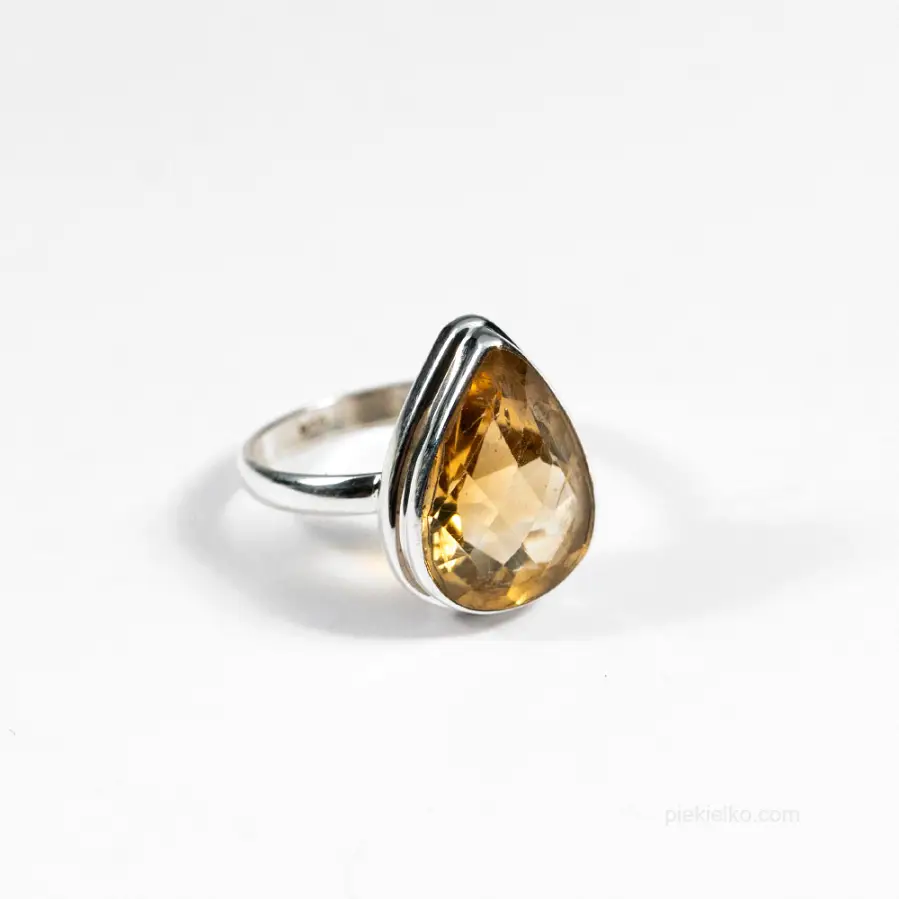
Silver ring with citrine
290,00261,73 -
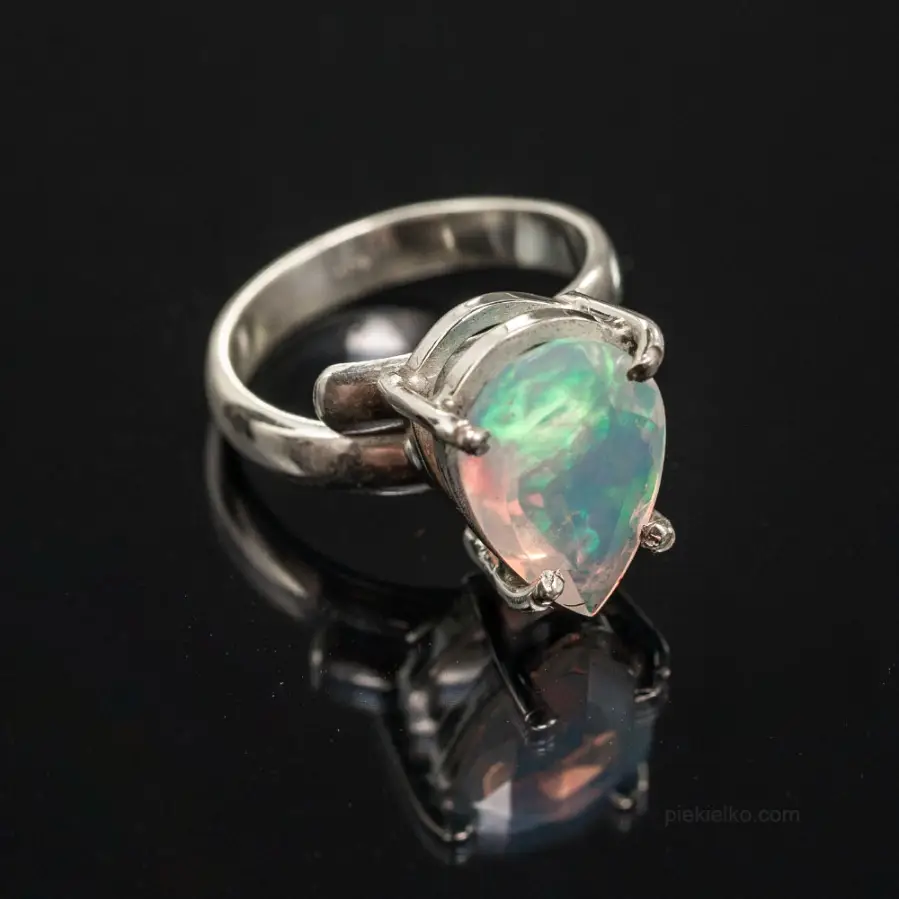
Ring with natural white opal from Ethiopia
540,00487,35 -

Gold plated ring with agate
165,00156,75



© Piekielko.com

